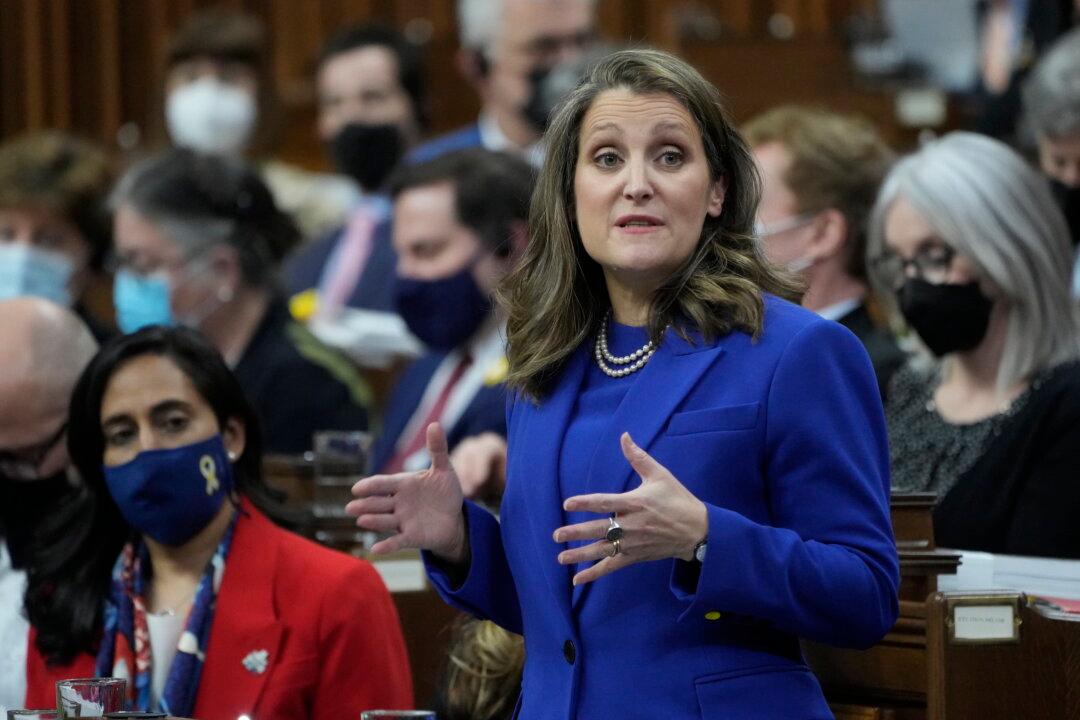OTTAWA—The federal government increased defence spending in its April 7 budget, but details are lacking on how the money will be spent, as the feds also announced a review of its national defence policy formulated in 2017.
University of Calgary political science professor and defence analyst Rob Huebert told The Epoch Times that unless the amount offered in Budget 2022 is going to be drastically increased in subsequent budgets, the roughly $8 billion in new spending announced on its own does not “move the mark.”
“It’s a five-year plan. The track record of the Trudeau administration and long-term plans for defence spending isn’t exactly good,” he said.
The feds did not provide a path to get to the military spending level of 2 percent of gross domestic product (GDP) that all NATO members agreed to in 2014.
“We are spending more on defence than what was planned prior to Russia invading Ukraine,” Deputy Prime Minister and Finance Minister Chrystia Freeland told reporters prior to the official release of the budget.
“We said that we will study very rapidly our military spending of Canada’s needs today in a situation that has changed a lot,” she added.
A senior government official said Canada’s defence spending as a percentage of GDP will reach about 1.5 percent in five years.
The largest component of the over $8 billion in new spending is $6.1 billion over five years to increase the capabilities of the Canadian Armed Forces (CAF). The spending is backloaded, with just $100 million allocated to the current fiscal year, which has just started on April 1. Over half the $6.1 billion is pencilled in for the final two years of the five-year projection horizon.
“We will wait and see what comes out of the defence review before we make further decisions,” said the senior government official.
Defence experts have recommended upgrading capabilities in the Arctic region as a top priority. Some of the $6.1 billion is to be allocated for North American Aerospace Defence Command (NORAD) modernization.
The senior government official said that the work on NORAD modernization is to continue in tandem with the United States.
“So what you see in the budget is a decision on the part of the government to have those processes continue without Canada putting all of its cards on the table,” he said.





